Why Spain is a great place for kids
Choosing the city that's right for you
Choosing the visa that's right for you
More than just great weather
Why Spain provides a better quality of life
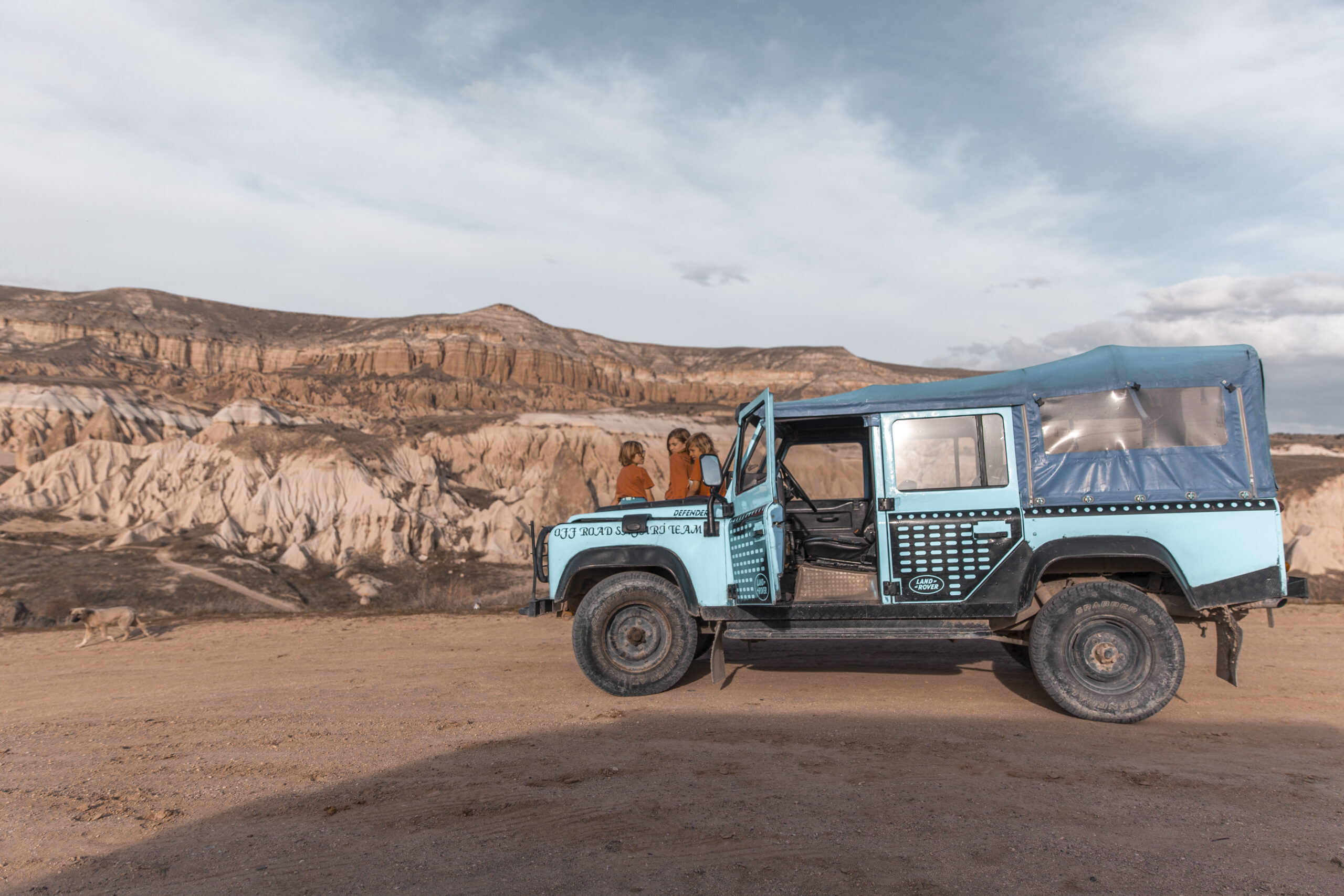
How we Plan
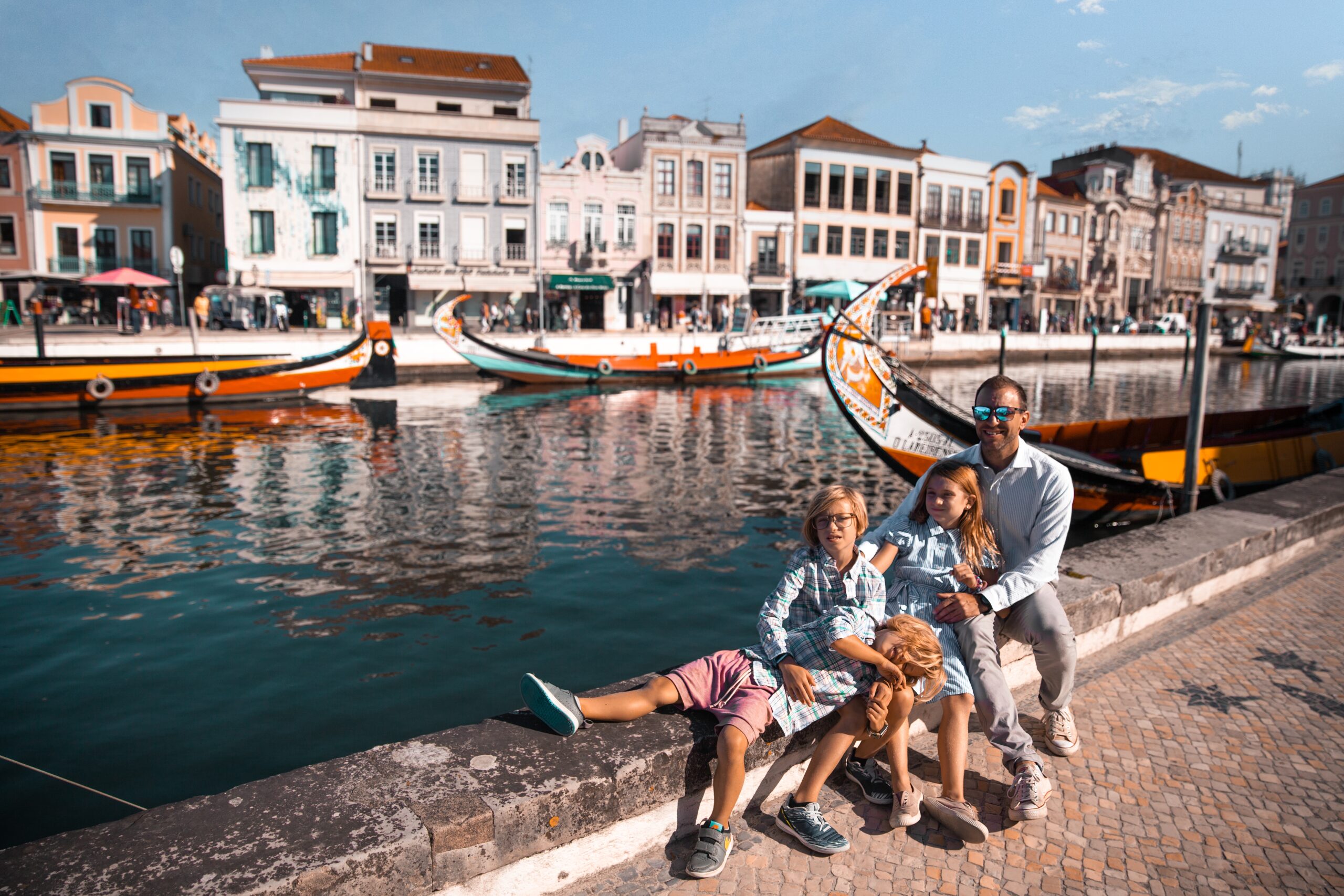
What we pack
Choosing Travel Insurance
Book Your Hotel
with Booking.com
Book Your Car
with RentalCars.com
Book Your Flight
with Skyscanner.com
Book Your Tour
with GetYourGuide.com
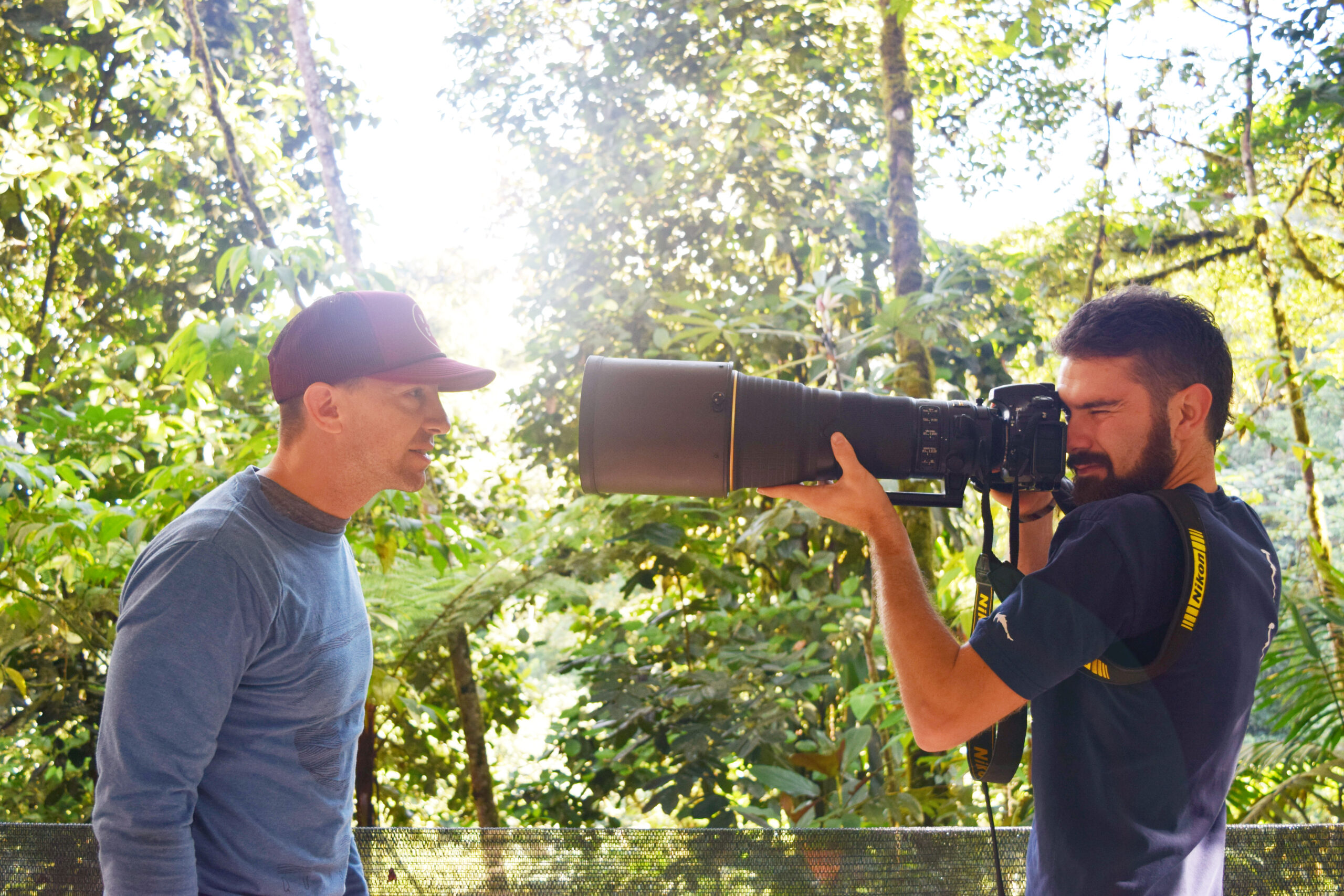
Our Camera Gear
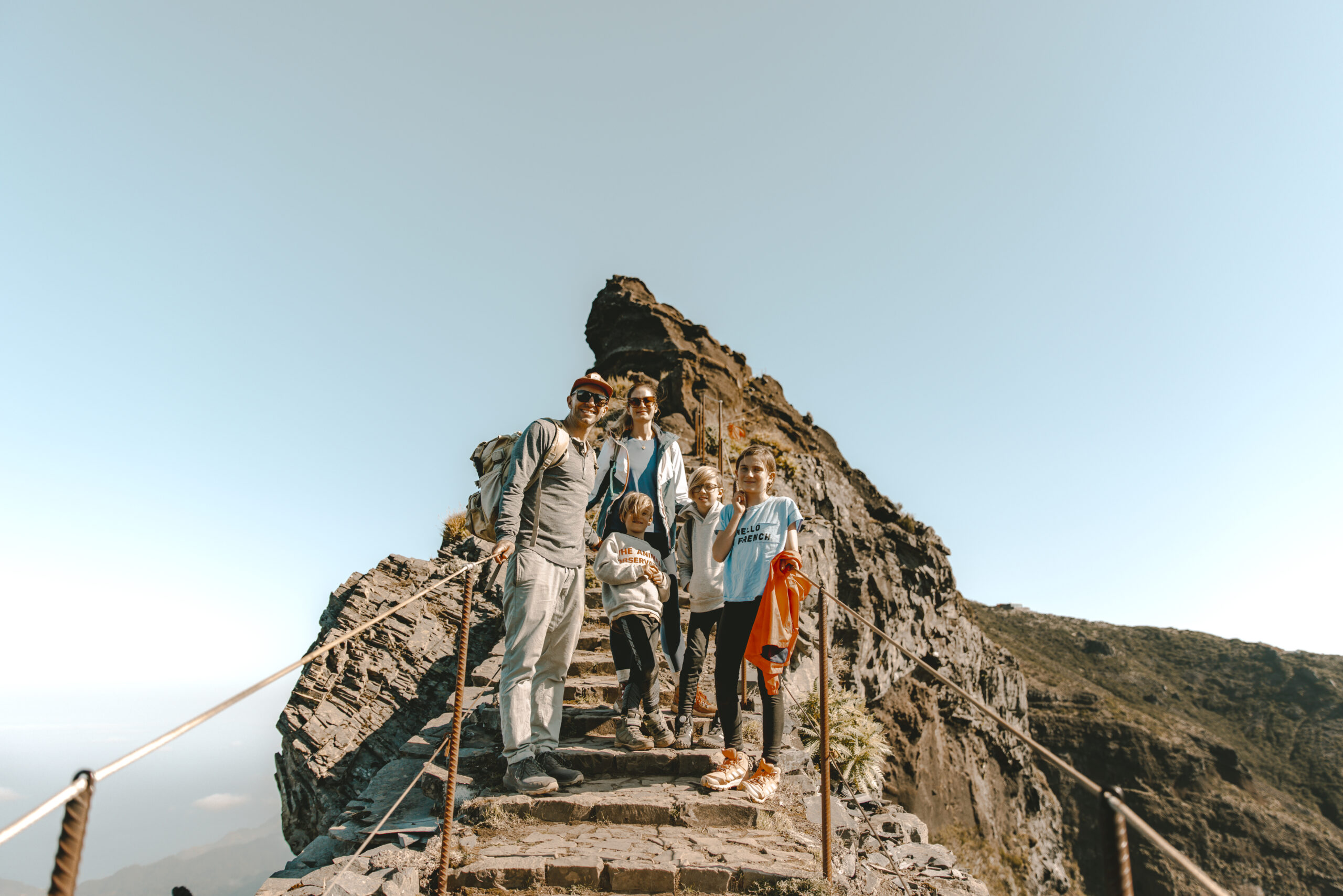
How We Fly
Choosing Your Destination
Picking an Elephant Park/Farm/Sanctuary to Visit
If you go to Thailand you’ll want to see elephants. And the best place to see elephants in Thailand is Chaing Mai. Now, the real difficulty lies in which elephant park/farm/sanctuary to go to. There are many bad places out there and there are certainly ethical concerns with just about every place. Do you want to go to a place where the elephants and chained and forced to paint on easels for you? Absolutely not (they’re basically slaves, trained to perform with metal bull-hooks and nails). Should you go to a place that allows you to ride them using an abrasive chair/seat/saddle? Absolutely not (it’s really abrasive on their sensitive skin). Should you ride them at all? Great question (and don’t be mad at me if I did)….
So, there are places where you can “take care” of elephants for the day. These places include learning about the animals, playing with them, feeding them, walking them, and bathing them. One such place that we can personally recommend is the Patara Elephant Farm. In fact, Patara is Thailand’s only elephant breeding farm (technically a “health-recovery and reproduction-management farm”). And at Patara they offer a program called “Elephant Owner for a Day,” which pairs you up with an elephant (and possibly their baby) to take care of.
We’ve been twice now, six years apart – once with kids and once without. We’ve even had the same elephant on successive visits (purportedly the elephant would be able to immediately recognize our children by remember our scent from years ago – not sure this was true). So, here is what a typical day at Patara entails:
Playing With Them
Certainly my favorite part. You really don’t full comprehend how physically imposing these creatures are until you’re face to face with them. Now, when we went, Patara had two baby elephants – one two months old; another four months old. The two-month-old actually weighed more than the four-month old because the four-month-old came from a mother who had been rescued from a circus. Because of the mental anguish brought about from performing in a circus for years (think scary clowns and all), the mother gave birth to a very undersized baby. The baby was so undersized that its mouth could not reach the mother to feed. The Patara caretakers (“mahouts”) built a soft cushion and affixed it to the mother’s rear legs so that the baby could boost itself up.
Now, these babies will just bullrush you. Easy for an adult to stay on their feet; kids will get knocked down. But the bullrush is extremely playful. It’s exactly like wrestling with your short, tenacious, 270lb. cousin who always dominates you.
Feeding Them and Examining Their Poop
You’ll quickly learn key Thai words to use during your time at Patara. You’ll learn words boun, which means “open your mouth,” and didi, which means “good.” You’ll soon find yourself talking like a toddler the entire time you’re there. Boun. Boun. Di-diiiiiii. Di-diiiiiii. But it’s ok, everyone’s doing it.
Sticking your hand inside of an elephant’s mouth should be on everyone’s bucket list. It’s a remarkable sensation that excited the adults and terrified our kids.
Elephants live off of a ridiculously clean diet. You feed them tamarind, bananas, and the occasional piece of sugar cane. Elephants can eat up to around 300lbs. of food a day. The mantra at Patara is – “Eat like an elephant” (except for the 300lbs./day thing). And for good reason. You can directly tell an elephant’s health, much like a human’s, by examining its feces. At Patara this is part of the experience – ensuring that the elephant is healthy by examining its poop. And it’s not as gross as you’d think. It basically smells like grass.
You examine the poop for various reasons. First, you examine the number of droppings – there should be about six droppings, which means the elephant has eaten enough. Second, if the poop smells bad, there’s probably something bad going on there. Third, you need to squeeze the dung to ensure its not too watery. Finally, you check the dung to see if it is finely ground. If whole leaves are in the dung, an elephant’s teeth are not working properly. Elephants have six sets of teeth in their lifetime, and they lose their last set right before they die. So, if their food is not being properly chewed, it most likely means they are near death.
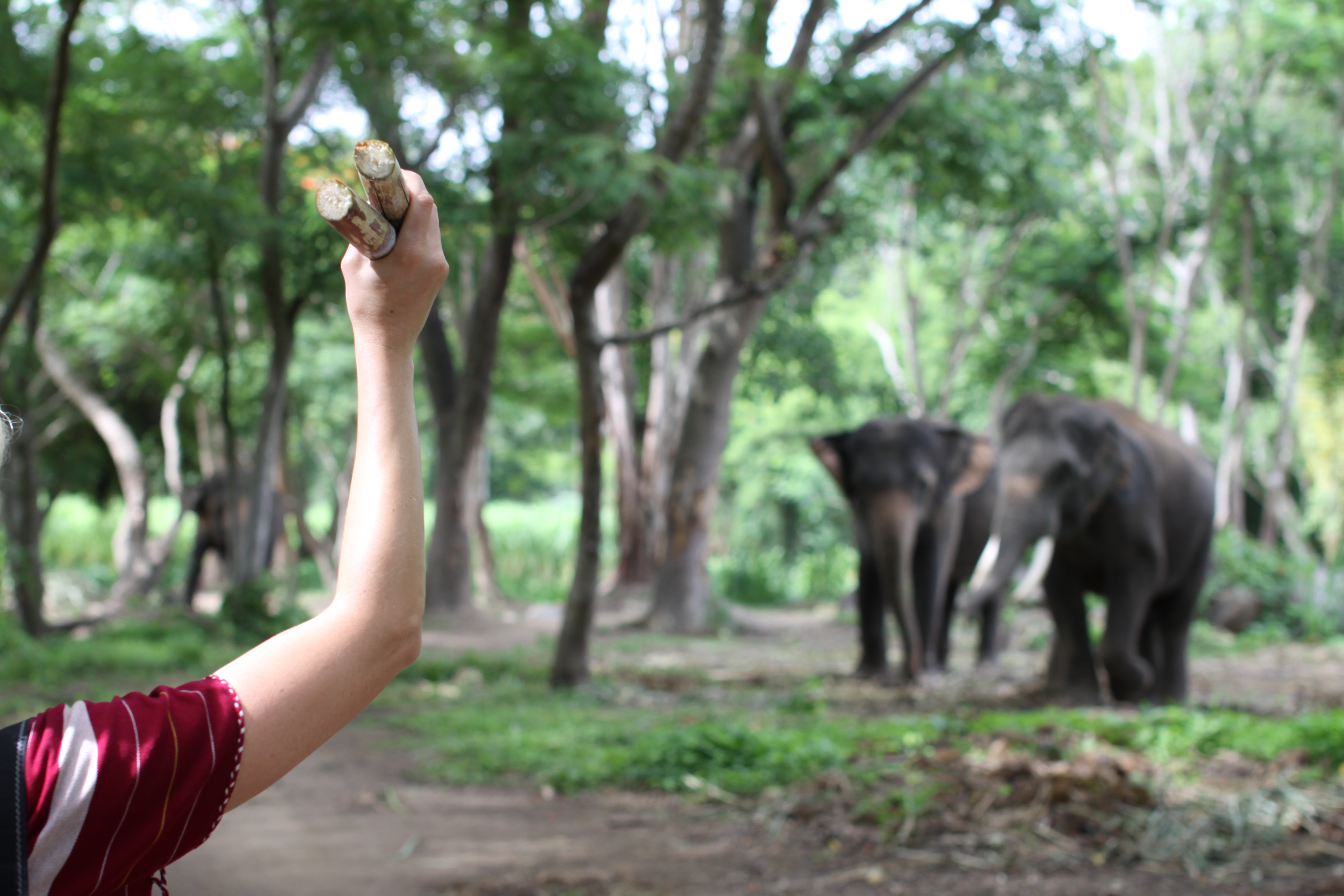
Walking Them
Ok, so this is going to be the most controversial part of Patara. You do, actually, ride the elephants. It’s not on their backs though, it’s basically on top of their heads.
I had a guy once get very heated with me for riding an elephant and he proceeded to tell me how his Thailand elephant excursion where he tracked wild elephants in the jungle was the only humane way to view these majestic animals. While I applaud his concern and personal decision, for a lot of people the tracking adventure isn’t going to be an option. An, unfortunately, in a country like this, my Western dollar (Patara=pricey) will go pretty far in terms of feeding, caring for, rescuing, and breeding these wondrous creatures.
An aside – Now, before you, the reader, send me hate mail for anything on this post, I’ll say, “Yes, the best thing would be to leave the elephants completely alone.” However, your biggest concern should be going after the logging industry, the street performance elephants, etc. There are way, way worse places. I think Patara is honestly trying to do the right thing. And they do successfully breed elephants. Once we eliminate the really bad places, then maybe Patara could go “completely wild.” To me, Patara is better than anything else I’ve seen. They are like the San Diego Zoo to me – still a zoo, but definitely not ghastly like the Beijing Zoo (hands down the worst zoo I’ve ever seen; think tigers in 8x8ft. concrete enclosures).
Some people have “reported” Patara as being unethical, but I think these people have a very low tolerance level. For example, someone complained about chains on the elephants. I saw someone over on tripadvisor explain it best: “Chains are the most humane to tether an elephant, as they don’t chafe the skin as a rope would. Being chained up is no different than tethering a horse or leashing your dog. Unfortunately chains are viewed by many as prison devices, but here they are simply leashes.” I feel like this won’t convince people, so, sure, send me hate mail. But then tell me that you have never, and will never, own an animal. If you can do that, maybe I’ll actually listen to you.
When walking them, you want them to build up a healthy sweat. Elephants secrete sweat through glands located at the base of their toenails. Elephants, who may walk up to 10-50 miles a day, love their exercise. It makes you question the whole “elephants in zoos” thang.
I’m not gonna lie though, I kinda hate riding an elephant. It’s pretty exhausting to tighten your leg muscles to hang on. Add me holding onto a three-year-old child with one hand, and a rope with my other hand for stability, then all I have left is my legs to keep me on top of this eight-foot-tall creature. Uh, no thanks. I’ve done it twice now. I’m good forever.
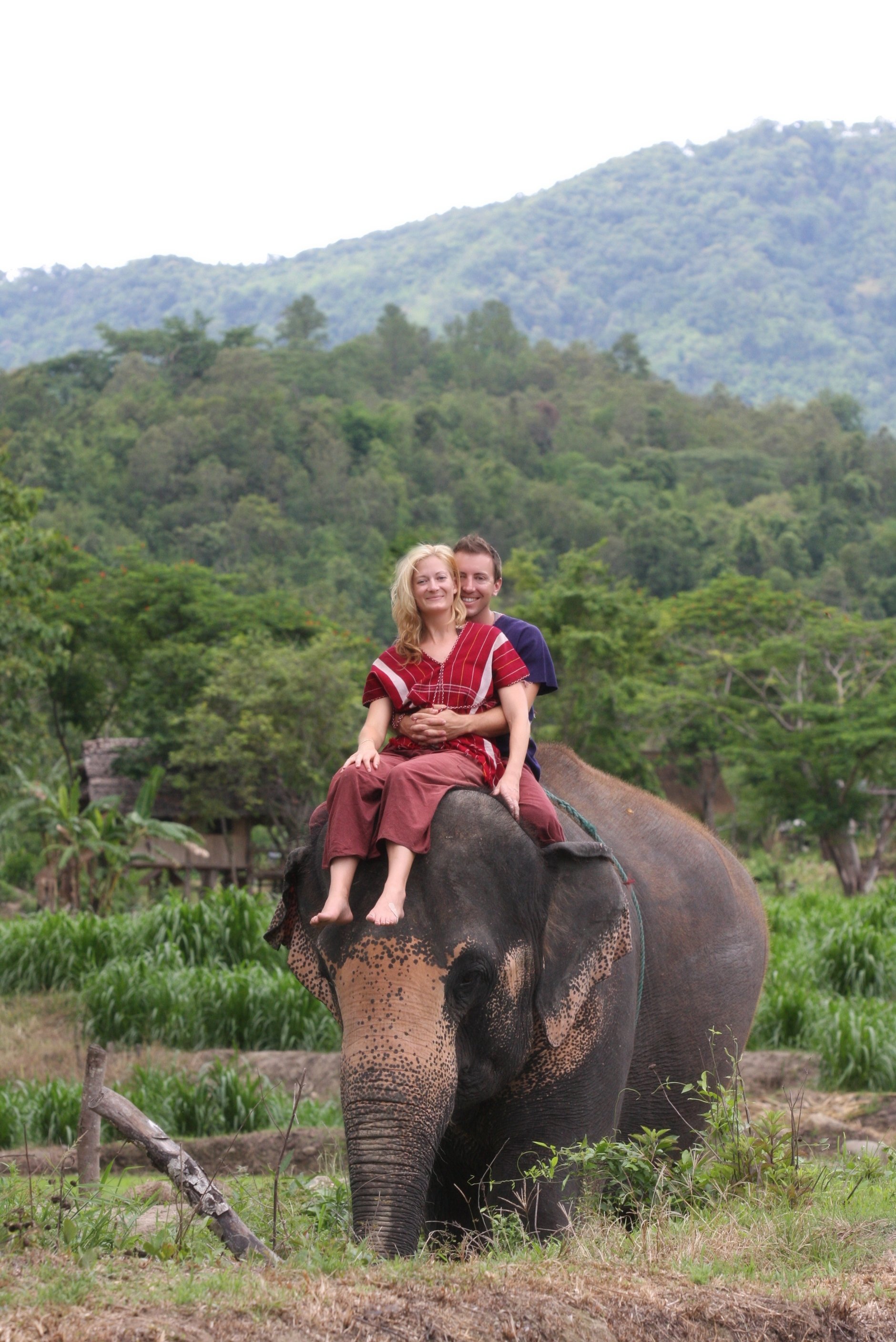
Bathing Them
Yeah, ok, this, obviously, is fun too. Elephants get dirty pretty quickly. There are a couple of reasons for this however. One, an elephant will cover its skin with dirt as protection from the sun. An elephant’s skin is very sensitive to the sun. Also, elephants, who sleep around four hours a night, sleep on their sides while sleeping deeply. One of your tasks in taking care of the elephants is, actually, to see if their elephant has dirt on its sides. If an elephant does not have dirt marks on its sides, it means it slept standing up. Elephants who sleep standing up are generally sick.
Finally, bathing elephants is important, since riding them could cause dirt to get pushed into their skin, which could eventually lead to infection. So, bathing is important but shouldn’t be taken seriously. Feel free to douse your spouse in the process.
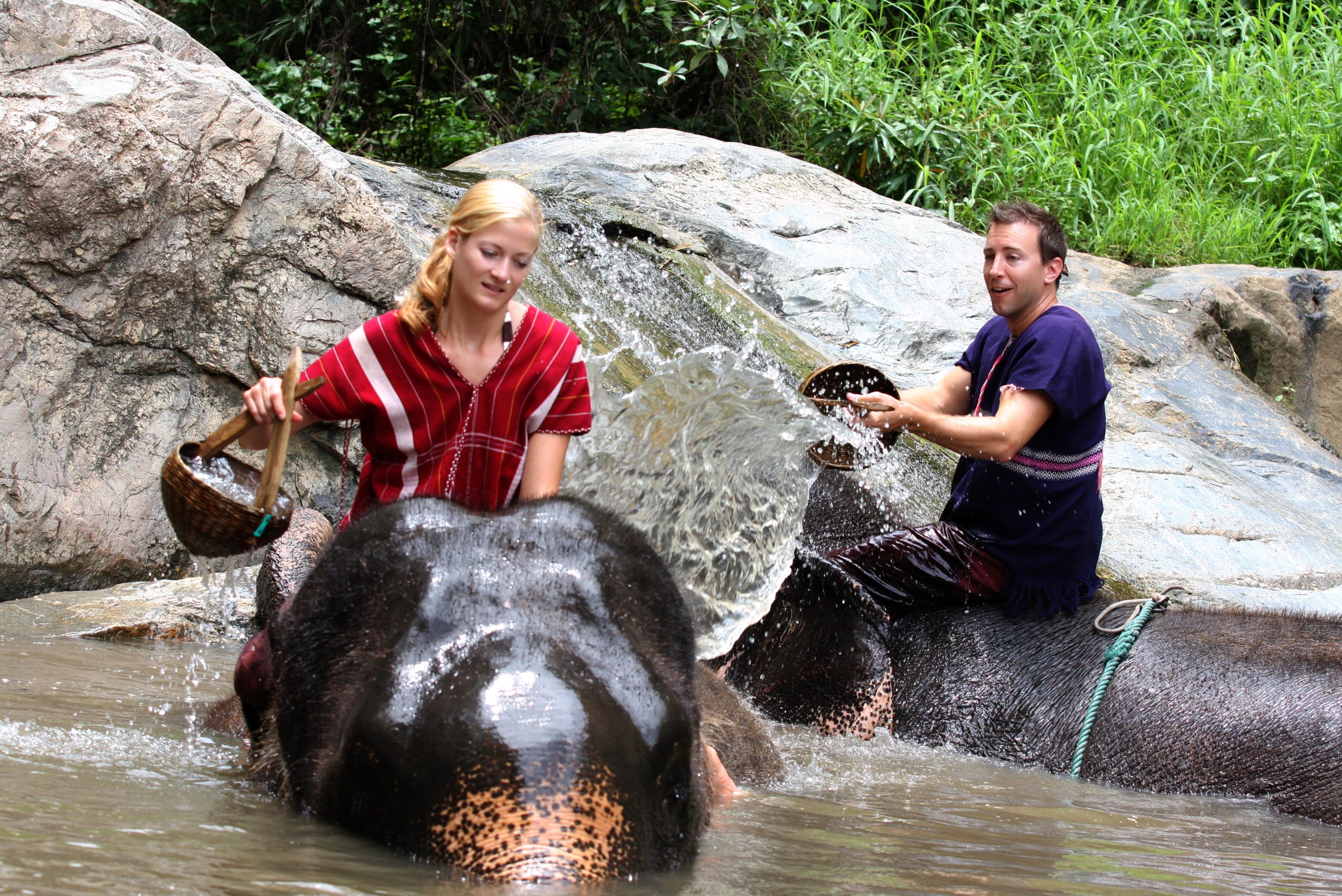
The Details
Patara Elephant Farm = http://www.pataraelephantfarm.com
Cost = Around $200USD a day per person (ask Patara – your child may be free)
When/How to book = Email [email protected] several months in advance
